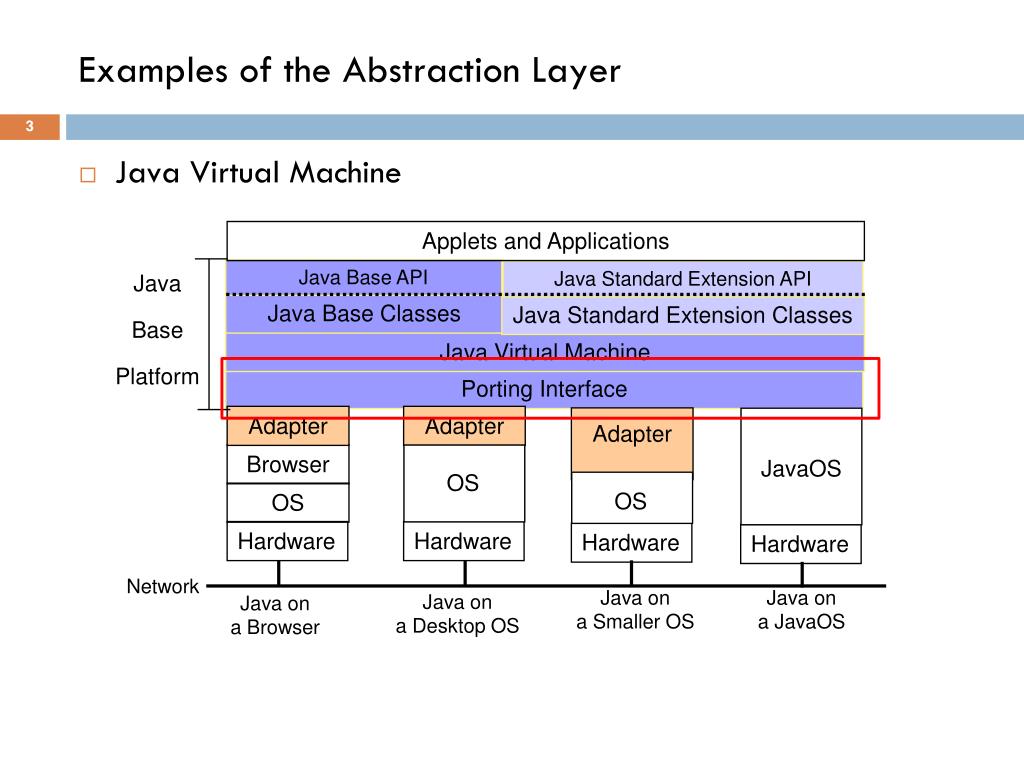
Our approach borrows from commercial leading practices to approach fraud at an enterprise level, while also incorporating new methods from social science. This study sidesteps the tired rhetoric to present a realistic, proven approach for reducing fraud, waste, and abuse, and debunks some common myths along the way. But the disappointing outcomes suggest they still haven’t found a strategy that works. Politicians have been promising to win the war on fraud, waste, and abuse for about as long as we’ve had voters. The Government Accountability Office recently announced it found $137 billion in improper payments in 2015, an increase of $31 billion in just two years. Yet despite decades of pledges, campaigns, and thick reports, the challenge remains. In 1982, Ronald Reagan asked investigators to “work like tireless bloodhounds” to “root out inefficiency.” 6Calling fraud, waste, and abuse “the byproduct of mismanagement,” Reagan said, “Our management improvements, together with the tremendous accomplishments of our Inspectors General, are a one-two punch taking steam out of the waste and fraud that was eroding faith in our government.”Īnd way back in 1949, President Truman directed ex-President Herbert Hoover to organize 300 men and women to seek waste in what Hoover called “the most formidable attempt yet made for independent review … of the Executive Branch.” Such investigations, he noted, happened periodically at least “since the Taft Administration.” 7 4ĭuring the 1996 presidential campaign, Senator Bob Dole mentioned government waste at least 33 times, and promised to fund his proposed tax cuts with a scalpel: “There’s enough waste in the government to give you the tax cut, enough waste, enough fraud, enough abuse, enough people flying around the world …” 5 Or rewind to 2012, the year in which President Barack Obama asked Vice President Joe Biden to spearhead a “campaign to cut waste” that would “hunt down and eliminate misspent tax dollars in every agency.” 3 The goal: Restore citizen trust in government. 2 None of these, however, have managed to cool the hot rhetoric around the topic. Blue-ribbon commissions and bipartisan panels from California to Wisconsin have vowed to tackle the problem.

In the 2015–2016 election season alone, several presidential candidates have made cutting fraud, waste, and abuse a key part of their platforms. For decades, our political leaders have promised to cut fraud, waste, and abuse from government spending, but somehow the problems persist, draining billions-some estimates would say trillions 1-of taxpayer dollars.


Learn more about Enterprise Fraud and Misuse Management services View improper payment rates in government programsĮxplore an enterprise-wide fraud prevention system Visit the Waste, Fraud, & Abuse collection


 0 kommentar(er)
0 kommentar(er)
